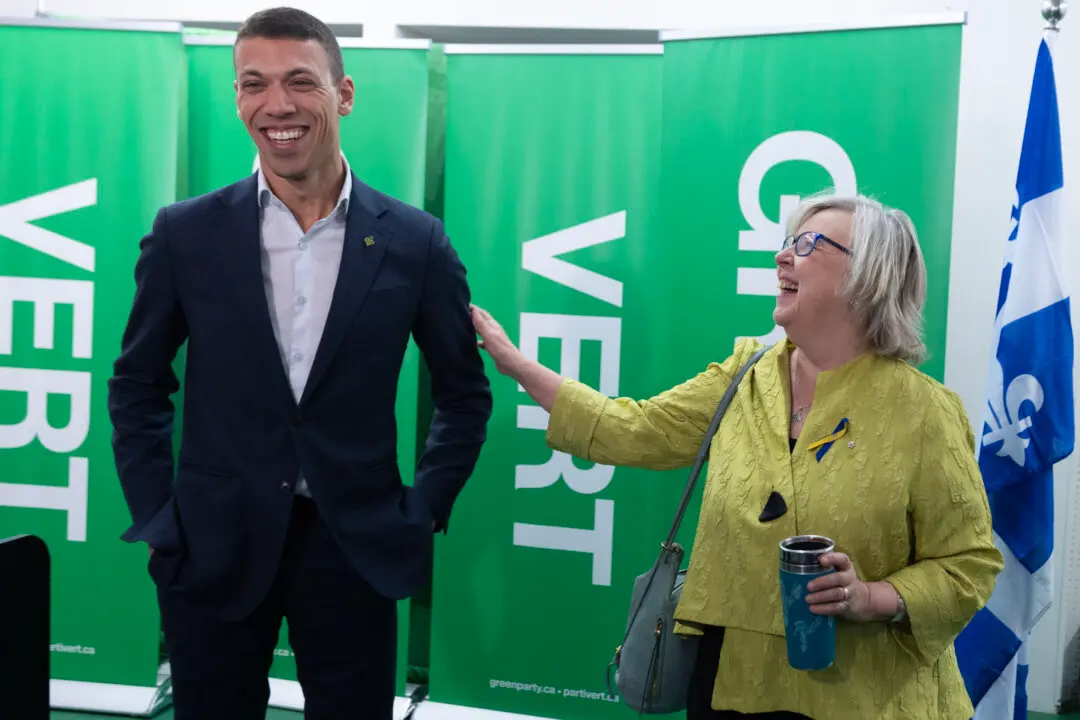MEXICO CITY—The latest round of NAFTA negotiations have wrapped up with the three countries declaring they have made progress, and committing to work through the harder negotiating issues in time to get a deal by the end of the year.
The three lead ministers say they’re pleased with what’s been accomplished as the talks move to Ottawa for the next round, scheduled to run from Sept. 23-27.
While sources say there has been no serious movement yet on any of the more sensitive issues, the countries say they have tabled two dozen texts that will form the backbone of the chapters in a modernized North American Free Trade Agreement.
During the closing news conference on Aug. 1, Foreign Affairs Minister Chrystia Freeland repeatedly stressed that it’s normal for the major sticking points to remain unresolved at this point in the process.
The countries have started working through the easier issues, have tabled texts, and have had a chance to learn each other’s priorities, Freeland said.
NAFTA: Negotiators Report Progress in Latest Round of Talks
Round 2 wraps up in Mexico City; Ottawa to host Round 3 later this month

(L-R) Foreign Affairs Minister Chrystia Freeland, Mexico's Secretary of Economy Ildefonso Guajardo Villarreal, and U.S. Trade Representative Robert Lighthizer, take part in a press conference regarding the second round of NAFTA renegotiations in Mexico City on Sept. 5, 2017. AP Photo/Marco Ugarte
|Updated:
The agreements reached so far relate to less-controversial parts of the trade deal.




